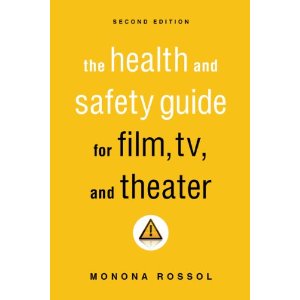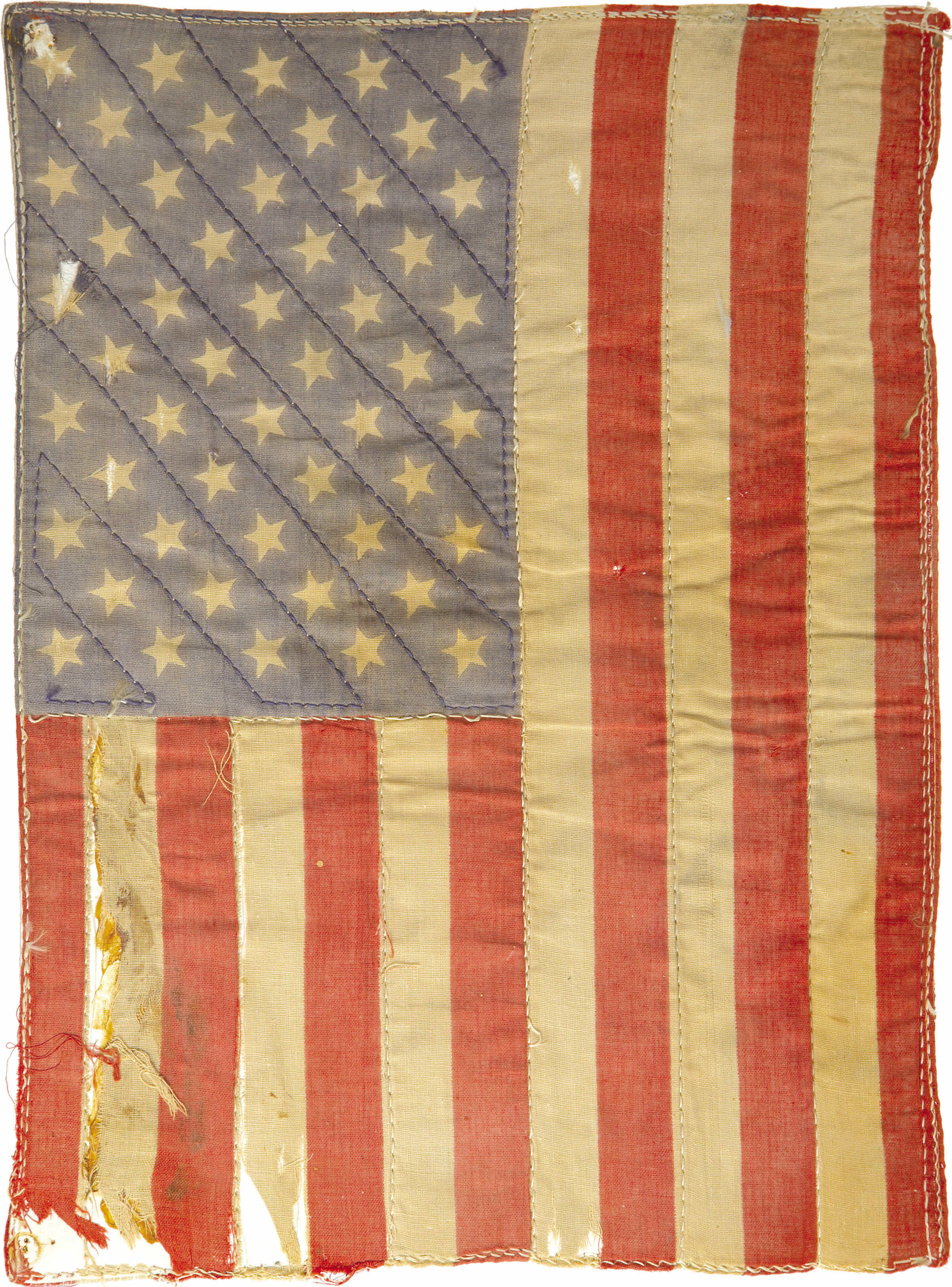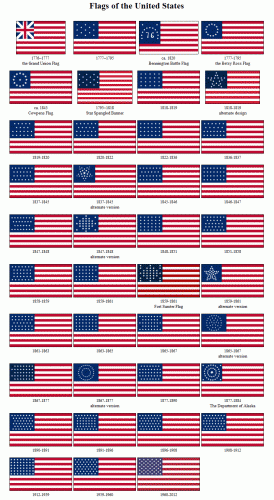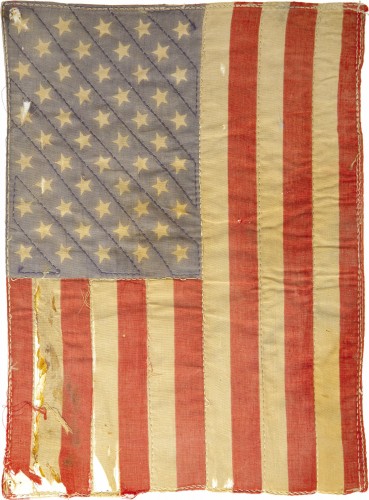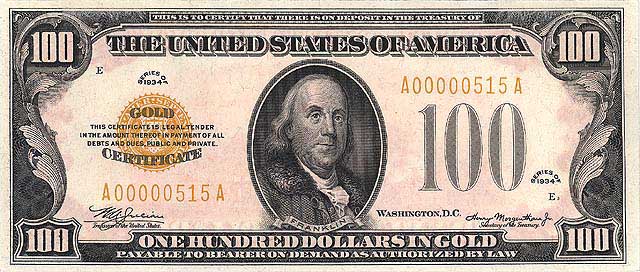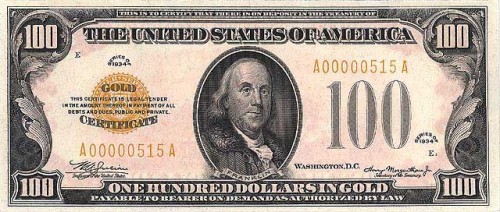Beginner prop makers often want to know how much money a prop maker earns. Even experienced prop makers want to know, just to compare their earnings to what is typical in the industry. These numbers are hard to come by because of the range of ways a prop maker can earn money, the vast variety of industries a prop maker can work in, and the wide spectrum in expertise of prop makers (a beginner prop maker who constructs apple crates is probably making a far different wage than a veteran who machines intricate aluminum mechanisms). Still, we have to start somewhere.
One of the best resources to learn about typical wages and contracts is from Sandra Strawn’s Properties Directors’ Handbook. She collected survey data from many of the regional and educational theatres around the United States. Another organization which collects a lot of data on employment and wages is the US government. This is what we are looking at in today’s post.
The United States Bureau of Labor keeps statistics on National Industry-Specific Occupational Employment and Wage Estimates. Now, they do not list “prop maker†as an occupation, so we have to look at a few related and similar fields to hone in on what a US prop maker might be making. I’ve pulled some numbers from their most recent report, which was May 2012[ref]http://www.bls.gov/oes/current/oes_nat.htm, May 2012 National Occupational Employment and Wage Estimates, United States, accessed April 1, 2013.[/ref].
First, a couple of caveats. The major one is that this data does not include self-employed workers. According to the IRS, if you get paid with a 1099, even if it is in a situation where you are “employed” by a company, they consider you self-employed. Many prop makers earn some or even all of their income in this way, so it really skews the data. I’ve found that it is the smaller and lower-paying gigs that will often pay you with a 1099 (not always true, but true more often than not), so these numbers are probably higher than what most prop makers earn.
As another caveat, if you look at the data yourself, you will find “annual mean wages” listed that make it seem like these workers are raking it in. However, these annual wages are calculated by multiplying the hourly wage by a typical “full-time” schedule, and do not reflect what someone actually earns in a year. Most prop makers do not work full-time every year, and even so-called “full-time” jobs at regional theatres are actually seasonal contracts ranging from 28-42 weeks per year. I’ve always found that the hourly wages offered me were well above minimum wage, but it is very difficult to string together enough jobs and gigs to work full-time year-round.
For the table, I looked at two categories: “Theatre Companies and Dinner Theatres”, and “Motion Picture and Video Exhibition”. Neither category has a “prop maker” listing, so I chose the occupation titles which I thought a prop maker would likely be categorized under. For Theatre Companies, those categories were “craft artists” and “fine artists”, while in Motion Pictures, I chose “fine artists” and “artists and related workers, all others”. Feel free to explore the data on your own and look at other industries or occupations; I am not presenting this information as the definitive guide to prop makers’ wages, but rather as my own personal best guess of what might be the wages of some prop makers.
Occupation Title Employment Median hourly wage Mean hourly wage
Theatre Companies and Dinner Theatres
Craft Artists 230 18.89 18.86
Fine Artists 100 19.03 20.67
Motion Picture and Video Exhibition
Fine Artists 2400 27.10 30.45
All Others 390 33.89 33.86
Despite all of my caveats and excuses, these numbers do tell us a few things. First, that the movies employ far more people than theatre. Second, that similar occupations are making around one-and-a-half times as much in movies than in theatre, at least on an hourly basis.
Another possible surprise is the small number of full-time occupations in theatre. The 330 combined craft artists and fine artists would likely include not just the people in the props shop, but also the costume shop and paints departments. That’s a tiny amount of people. Remember, though that these numbers do not include self-employed workers, of which there are many. Also, in larger markets and commercial theatre, many prop makers would be working for independent shops and studios, rather than theatre companies.

